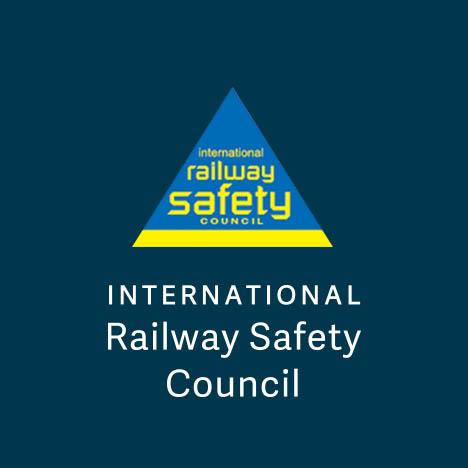Modern railway routes often involve multiple independent companies, including infrastructure managers and rolling stock operators. In these circumstances, information and skill sharing across rolling stock operators is restricted by commercial competition. Furthermore, technical interaction between “above rail” and “below rail” stakeholders is limited because the technical experts are employed by different organisations. As a result, favourable collaboration can be lower than it might have been in the past amongst departments in vertically integrated railways.
This paper describes how the Office of the National Rail Safety Regulator (ONRSR) improved collaboration between independent railway companies on a freight route in New South Wales, Australia. The route includes a difficult descent with a history of three train runaway incidents since 2017. ONRSR investigated the incidents, focussing on a major runaway and derailment in December 2020, and found rolling stock, human factors, and infrastructure causal elements. It was concluded that experts in these subjects from all the stakeholder companies should collaborate to improve safety. So, ONRSR brought the companies, consisting of a rail infrastructure manager and five rolling stock operators together at a forum where it shared its findings and safety observations. The companies’ experts were invited to reflect on these findings, share their experience, and to collaborate in identifying opportunities to reduce risks of
further incidents.
The paper highlights the multi-disciplinary nature of railway operations, and hence the importance of collaboration in assessing incidents and improving safety. A significant result of the work presented in this paper is that the infrastructure manager and rolling stock operators are now conducting joint risk assessments, including identifying additional potential risk controls such as sharing train handling and crew skilling methods, standardising on managing brake cut-outs and testing, and introducing new engineering controls.
The paper concludes that there are benefits to working together to improve safety on multi-stakeholder railway routes. The case presented is a good example of how such benefits can be realised. Finally, the paper concludes that the forum, initiated and facilitated by a safety regulator, might be considered a useful model for improving collaboration, and hence positively reshaping operations on
shared rail corridors.

